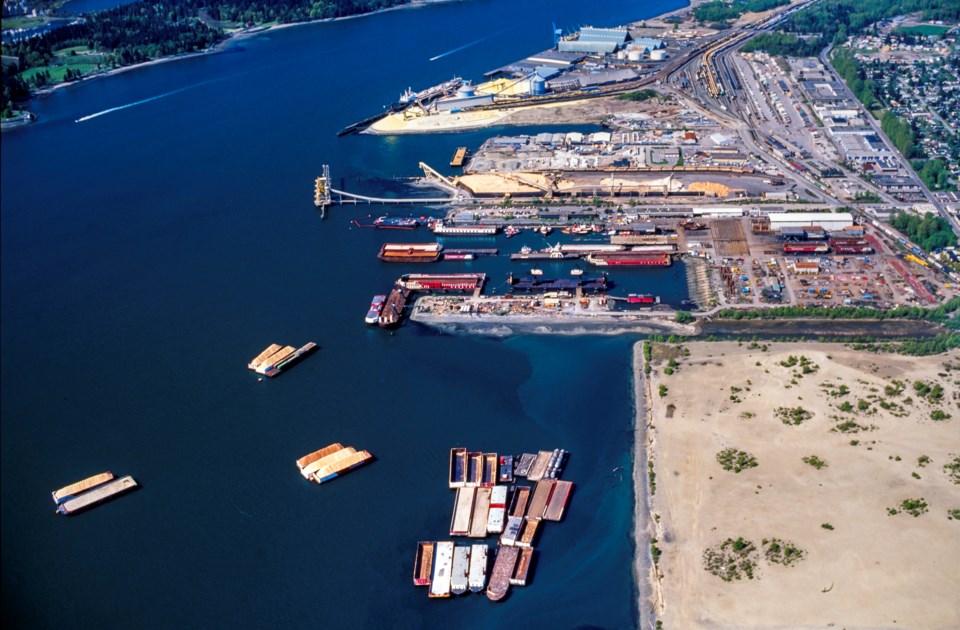The second quarter of this year saw a noticeable pickup in industrial leasing, especially by logistics tenants, according to one industry expert.
A second-quarter industrial report from of Cushman & Wakefield Inc. reveals vacancy rising to 3.9 per cent compared with 2.7 per cent during the same period a year earlier.
Sean Ungemach, the Vancouver-based executive vice-chairman of the commercial real estate services firm, said most industrial companies have been “pens down” until very recently.
Ungemach said activity was muted in the large-format industrial sector prior to the second quarter, a trend he attributed to economic and political malaise and, more recently, international trade tensions.
But activity may now be rebounding, partly driven by the third-party logistics (3PL) industry, which includes service providers like DHL Group and UPS Inc.
“We have over 850,000 square feet currently listed, and everything is either under contract or under offer,” Ungemach said.
“That’s a very significant change in the six months prior to today. To me, that’s the indicator that momentum is returning.”
He said 3PL companies were previously taking up space in multiple buildings as they grew amid low vacancy.
“Where you’re seeing vacancy increase and existing buildings open up, they’re taking those opportunities to consolidate into single buildings,” Ungemach said.
Meanwhile, a “flight to quality” is spreading to industrial real estate in the region, he said. This comes as potential tenants enjoy more options and flock to more modern, spacious and desirable facilities.
“In the industrial sector, we have a bit of a two-tier market emerging,” Ungemach said.
“Back in the peak of ’22, ’23, you [had] zero-per-cent vacancy. It didn’t matter if the building was old, new, high ceilings, low ceilings. They leased, and leased at relatively similar numbers.”
But new-generation distribution buildings are now in demand, while older buildings with poor loading quarters or low ceilings are seeing reductions in rents and rental values, he said.
Meanwhile, Avison Young (Canada) Inc. said in a separate Monday report industrial tenants are gaining leverage as vacancy rises in Metro Vancouver.
“Current conditions have tilted in favour of tenants, with landlords facing strong competition and a relatively wider pool of available options,” said the report.
Avison Young also noted a divergence of price expectations between buyers and sellers.
“With more space coming to market, buyers have increased choice, and little urgency to pay peak pricing,” said the report.
This is particularly so as U.S. tariffs weigh on export-driven industrial markets like Vancouver’s.
Combined with rising unemployment, “this has led to more cautious occupier sentiment, particularly in manufacturing, logistics and metals-related industries,” said the report.



